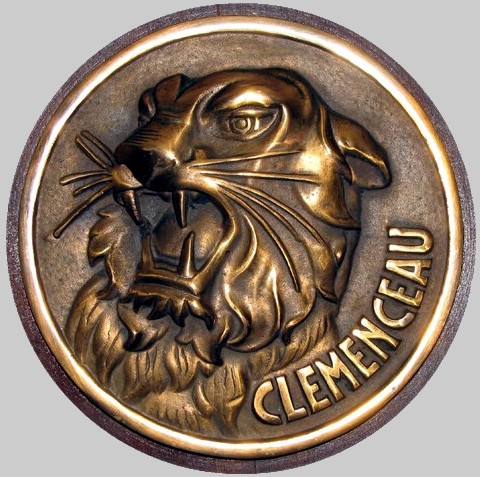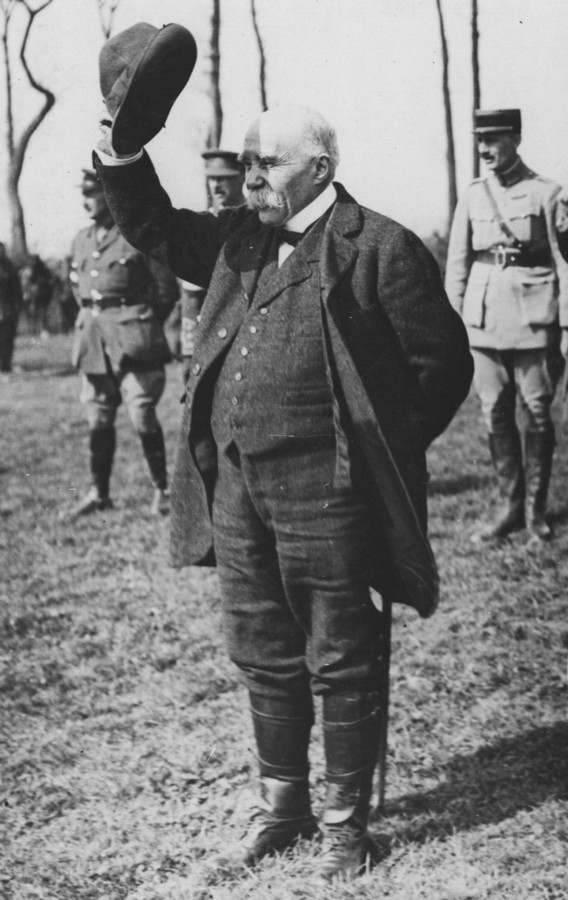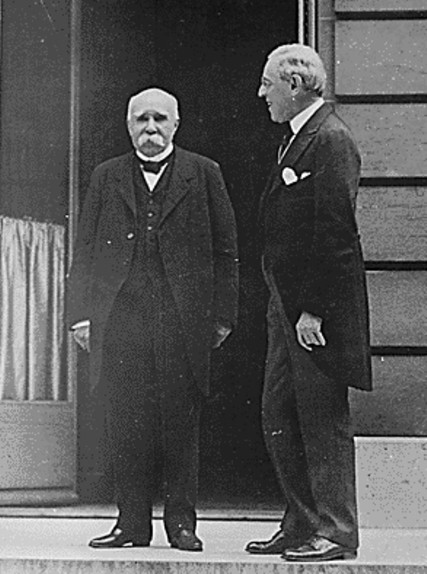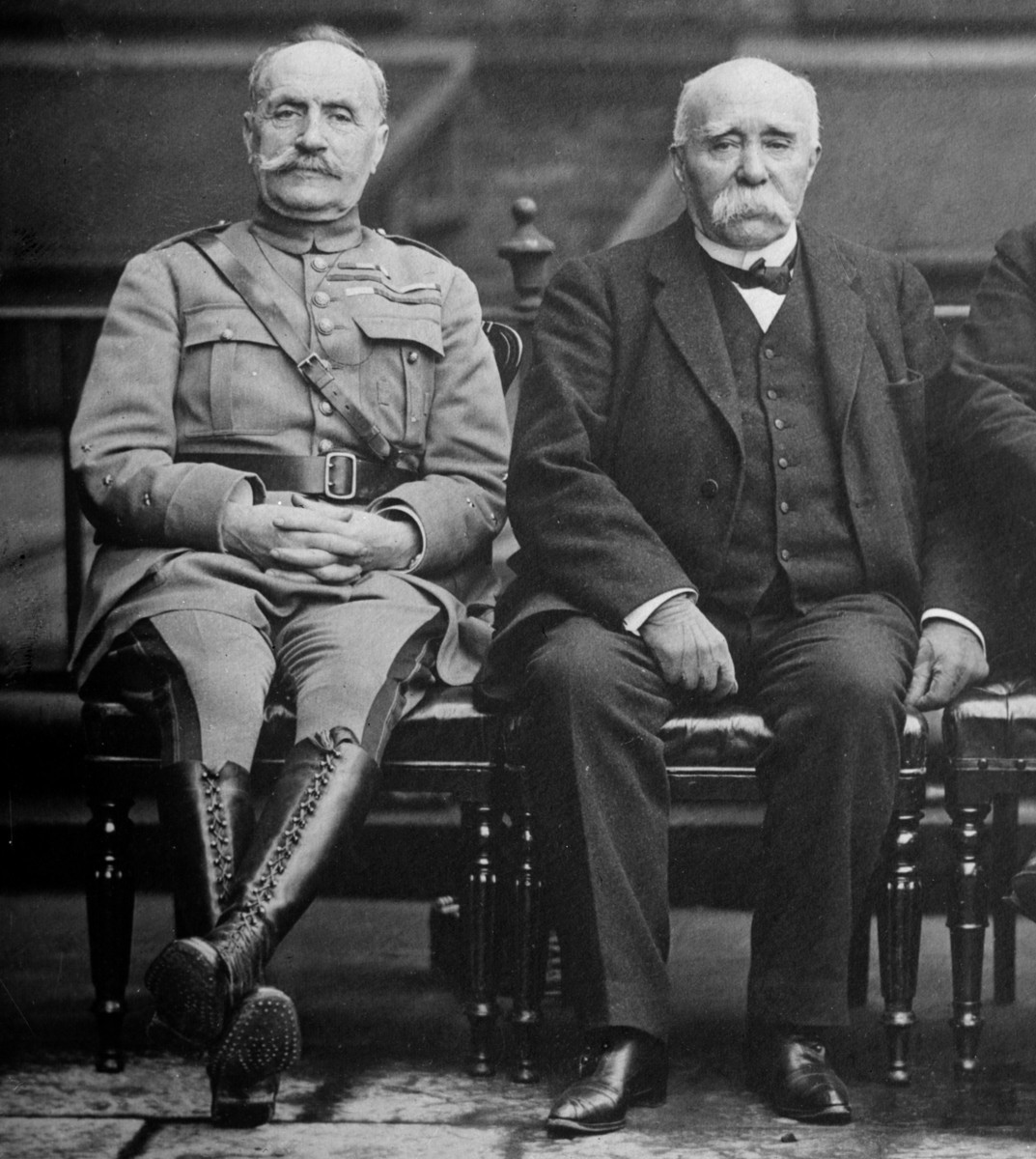 |
||||
|
HOME
|
US Navy -
ships
|
US Navy - air
units
|
USMC - air
units
|
International
Navies
|
Weapon Systems
|
Special Reports |
||||
|
French Navy / Marine Nationale
-
Aircraft Carrier R 98 FS Clemenceau |
||||
|
||||
| 11/20 | ||||
|
Type,
class: Aircraft Carrier / Clemenceau class Builder: Arsenal de Brest, Brittany, France STATUS: Laid down: November 1955 Launched: December 21, 1957 Commissioned: November 22, 1961 Decommissioned: October 1, 1997 Fate: sold for scrap / scrapped in UK (2009-10) Namesake: Georges Benjamin Clemenceau (1841-1929) Technical Data: Lenght: 265 meters (869 feet) Beam: 51,2 m (168 ft) Draft: 8,6 m (28 ft) Displacement: 32780 tons (full load) Speed: 32 knots (59 km/h) Range: 7500 NM (13900 km) at 18 knots (33 km/h) Complement: ship 1340 / air wing 580 Propulsion: 6 x Indret boilers / 4 x steam turbines / 94 MW (126000 shp) 2 shafts / 2 propellers Armament: 8 x GIAT 100mm/55-caliber Naval Guns (4 replaced by 2 x SACP Crotale EDIR SAM systems in the 1990's) Aviation: full flight deck / angled landing area (165 x 29 meters) hangar: 152 x 22 meters, height 7 meters / 2 aircraft elevators up to 40 aircraft: Dassault Super Etendard Dassault Etendard IVP Vought F-8E(FN) Crusader Breguet Alize Aerospatiale/Eurocopter AS365 Dauphin Aerospatiale SA321 Super Frelon Systems: DRBV 23B air search radar DRBV 50 low altitude or surface search radar NRBA 50 approach radar DRBI 10 3D air search radar DRBN 34 naviagtion radars DRBC 31 fire direction radars replaced by DRBC 32C radars |
||||
| images | ||||
 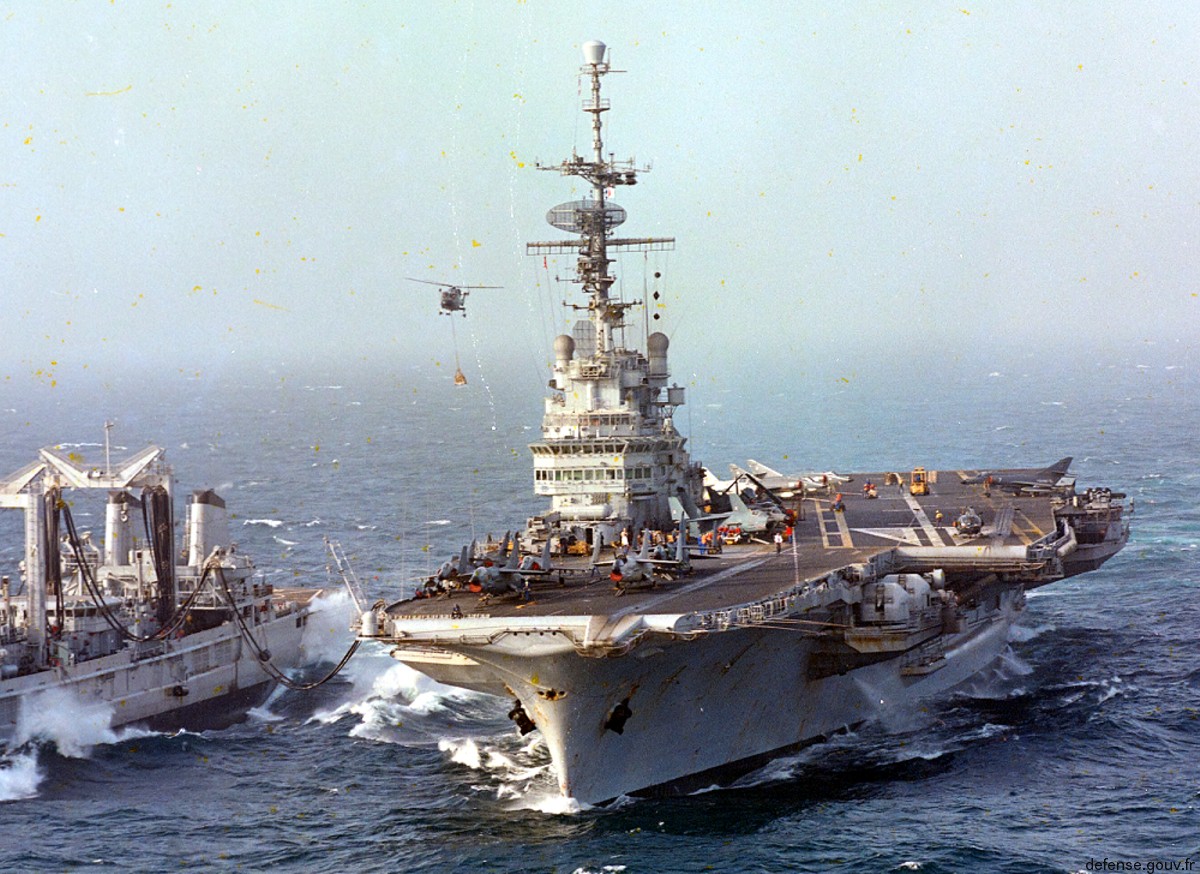 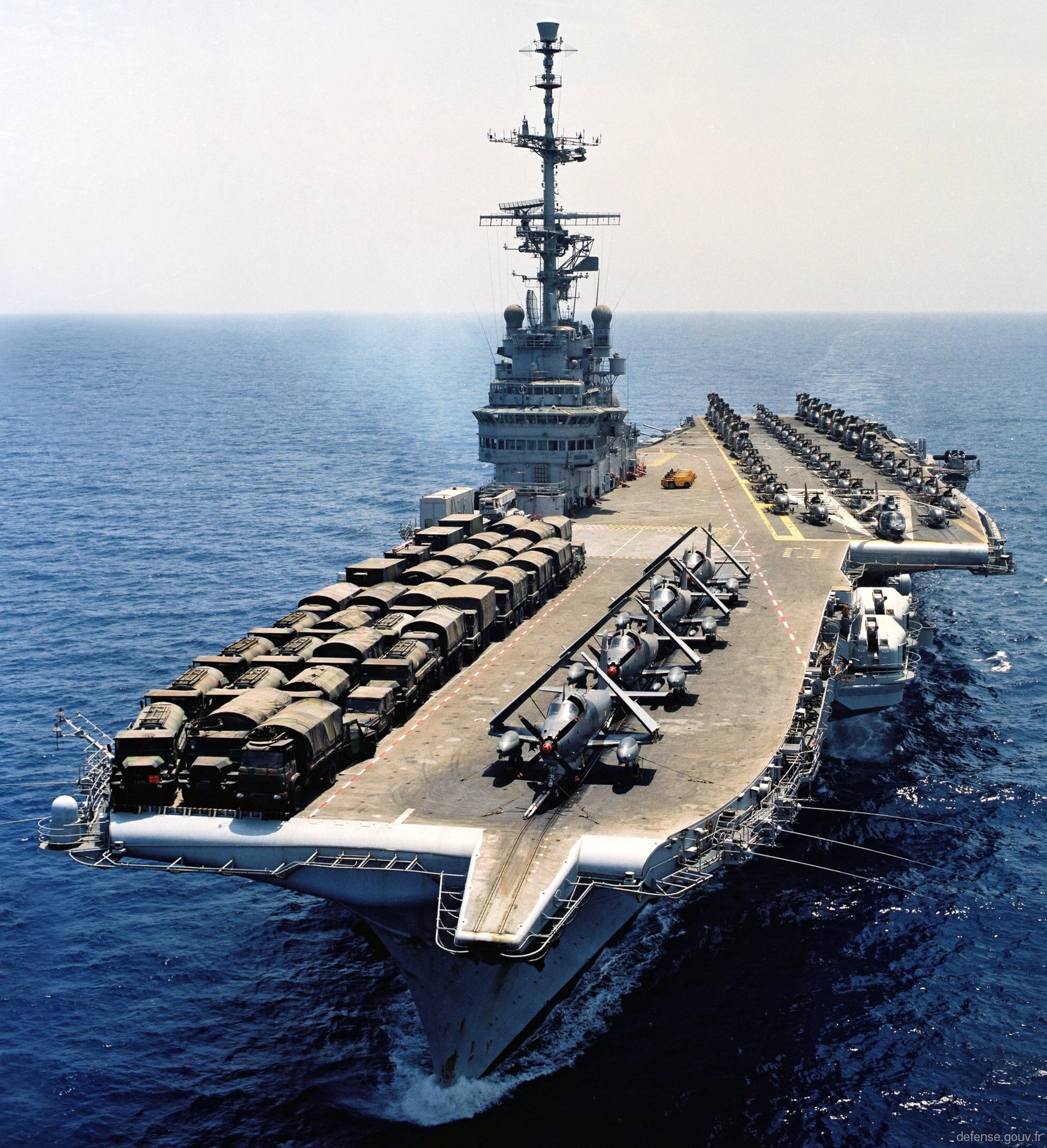 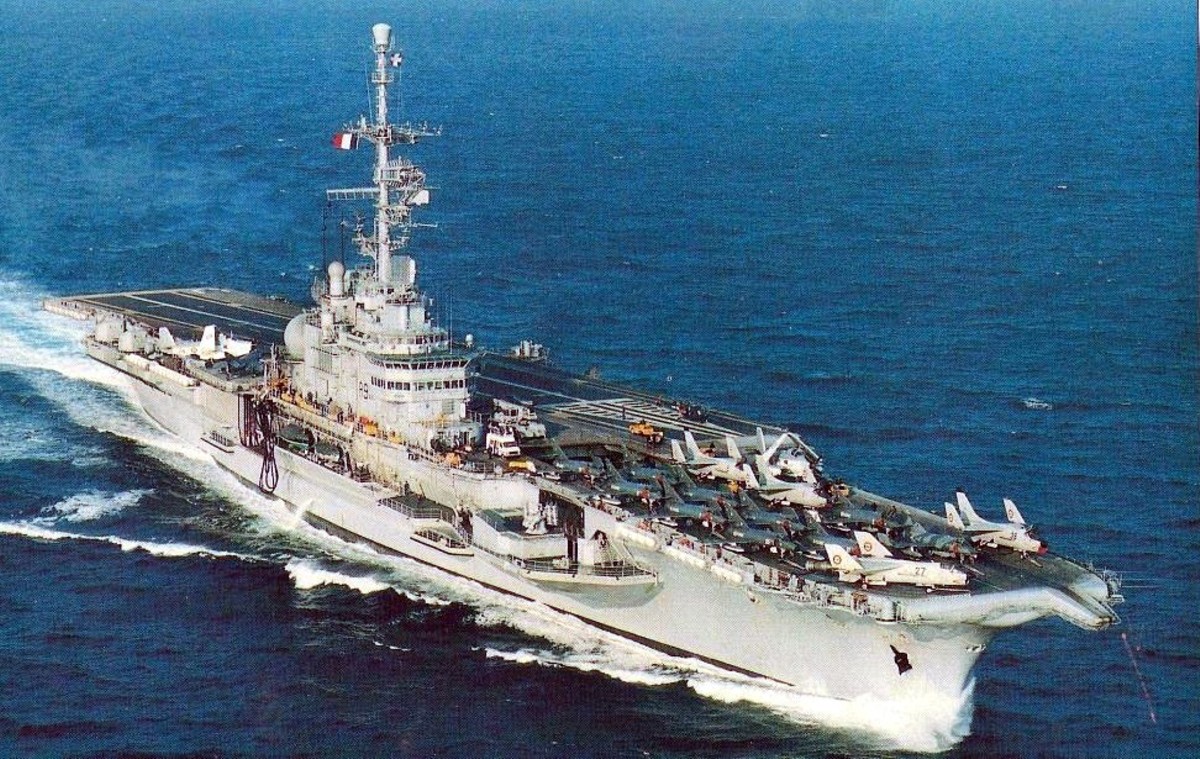    Aerospatiale SA-330 Puma helicopters aboard FS Clemenceau (R 98) during Operation Desert Shield - August 1990 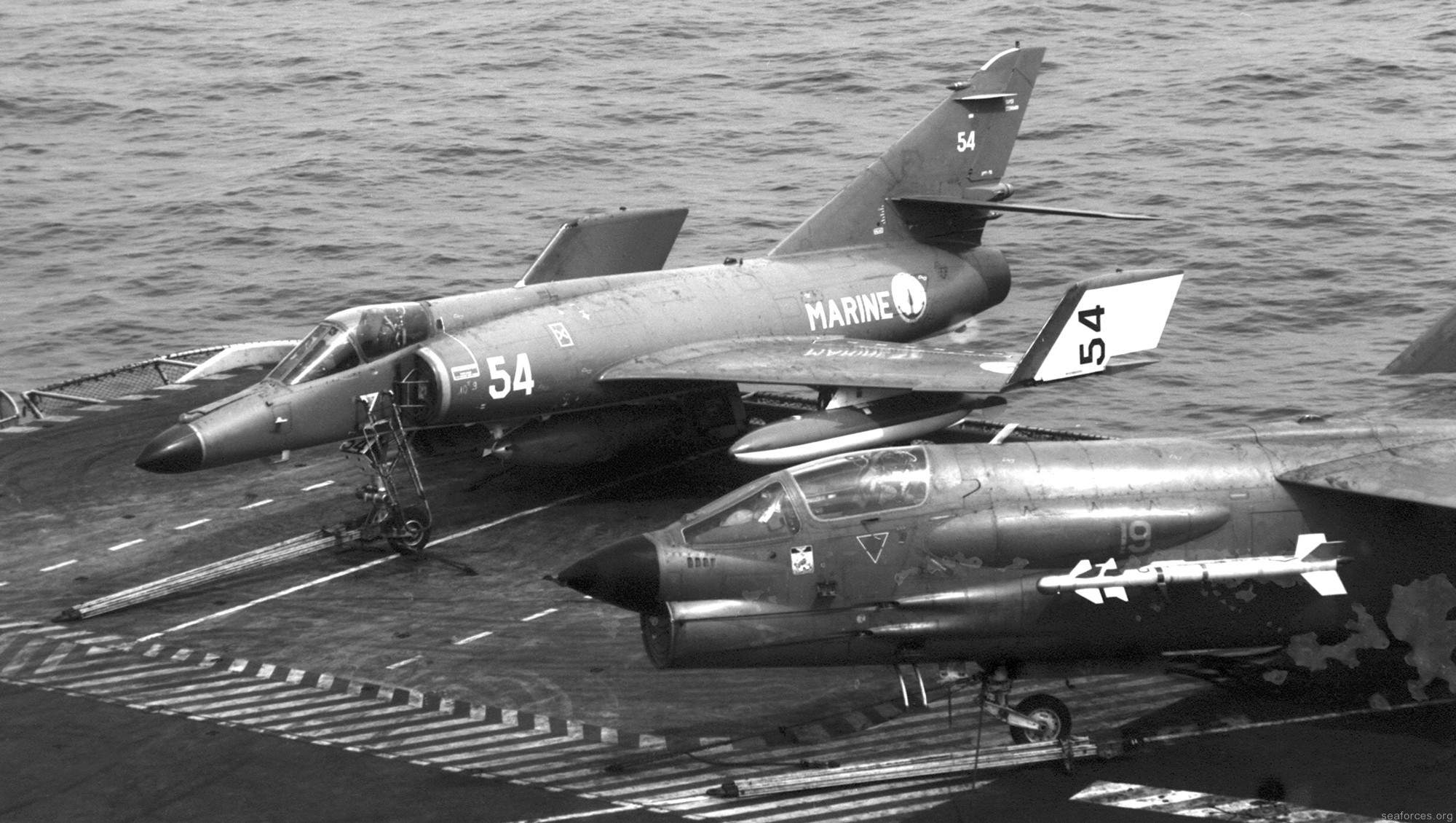 Dassault Super Étendard and Vought F-8E(FN) Crusader aircraft on the flight deck of FS Clemenceau (R 98) - November 1988 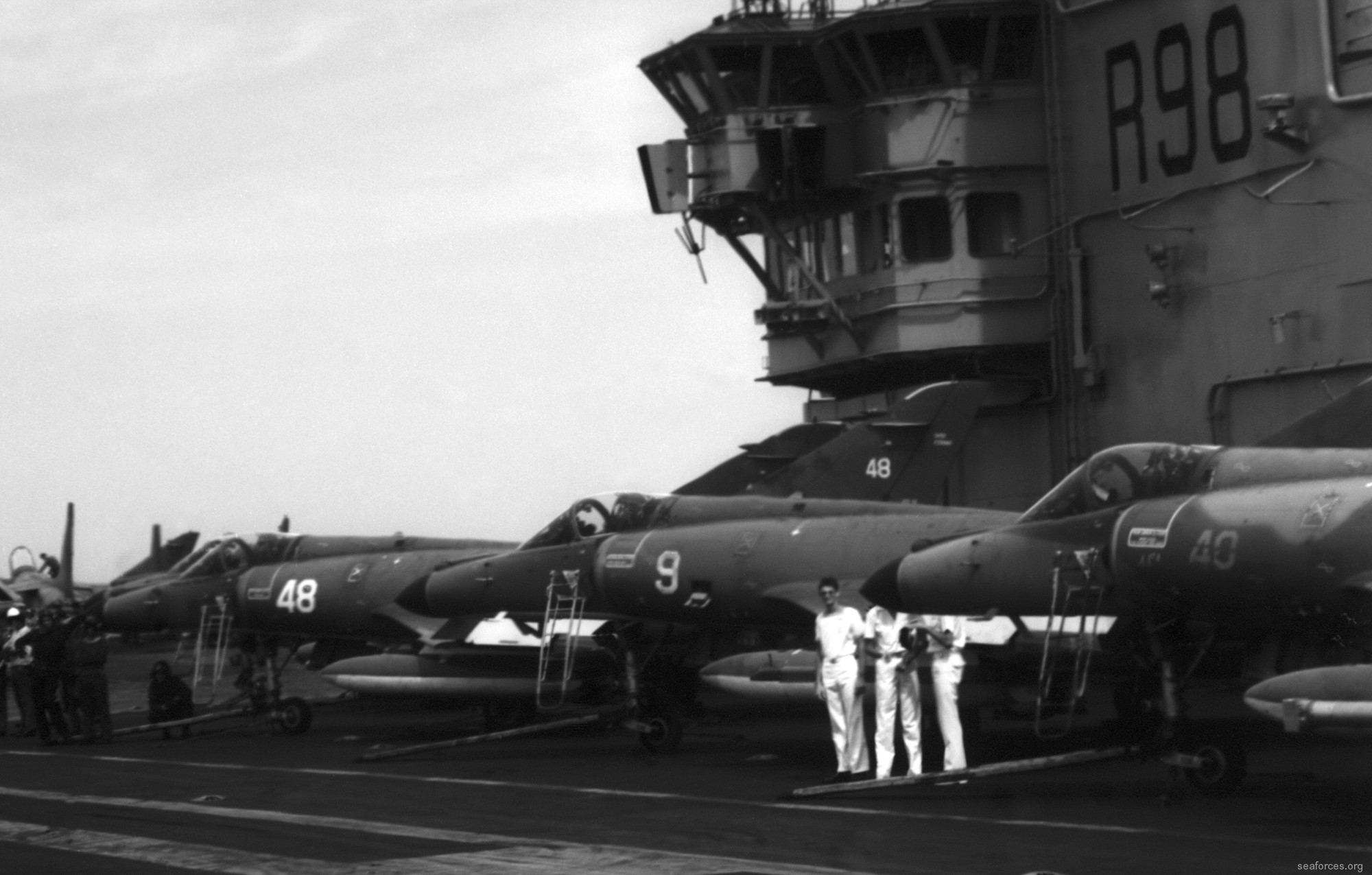 Dassault Super Étendard aircraft aboard FS Clemenceau (R 98) - November 1988 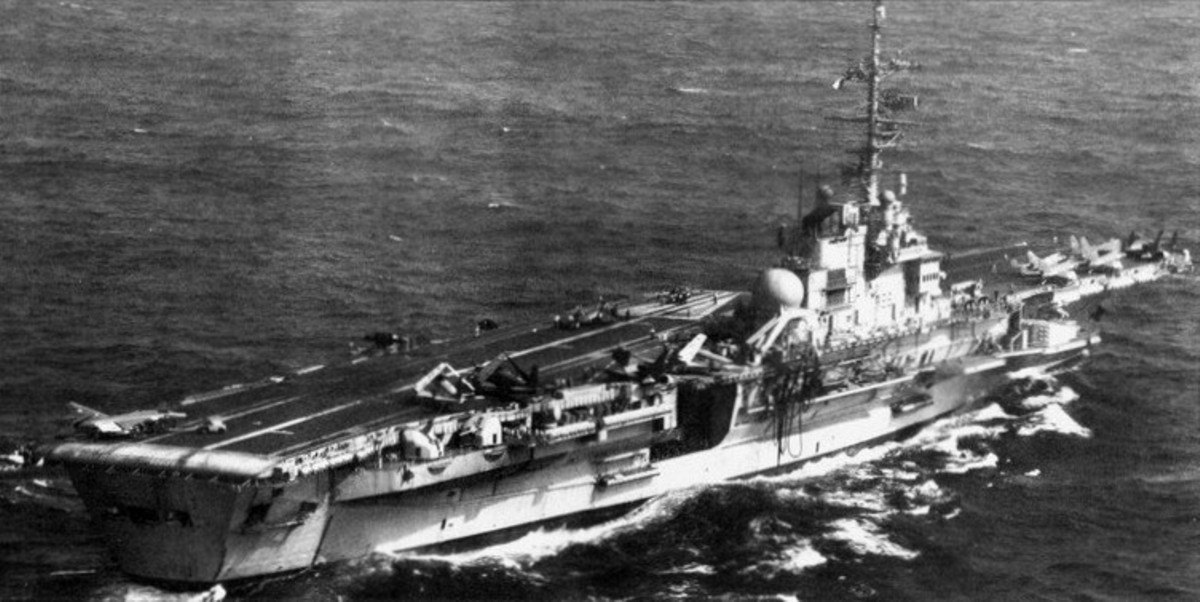 January 1987 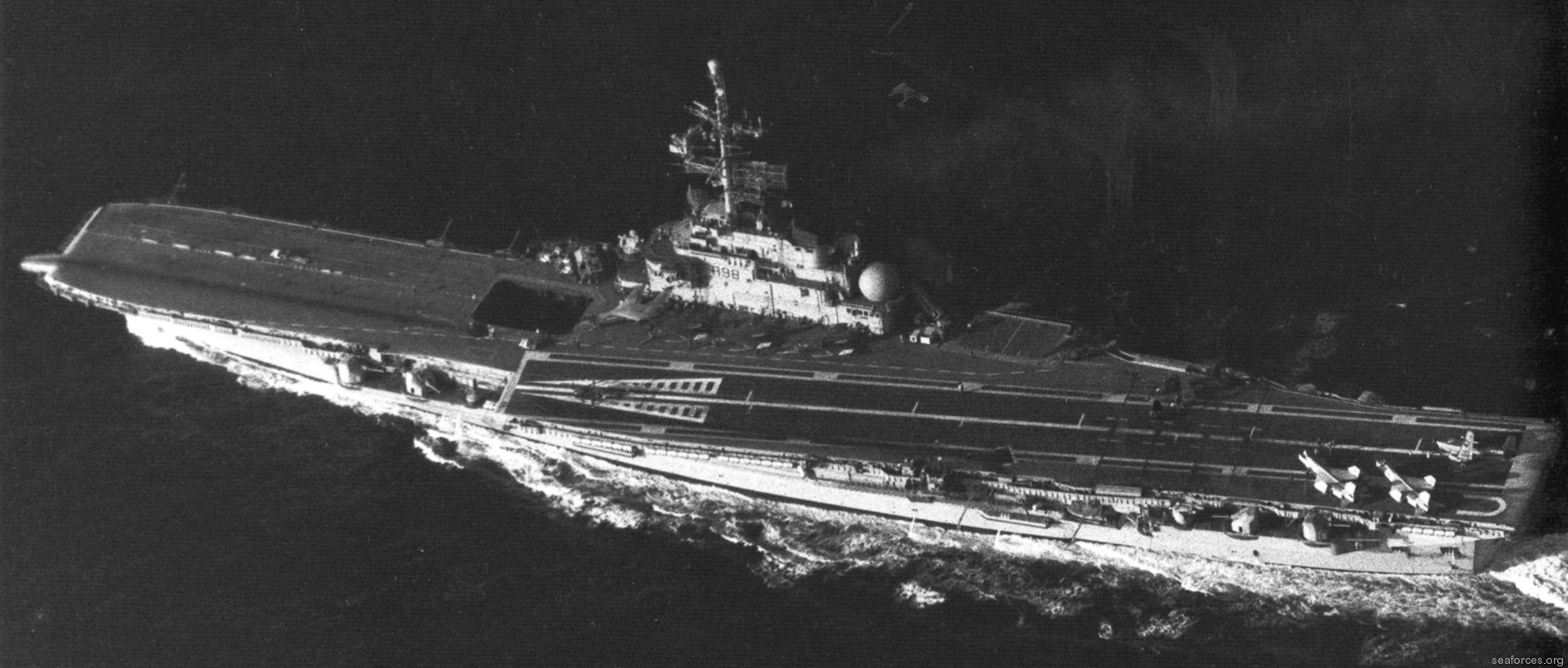 November 1981 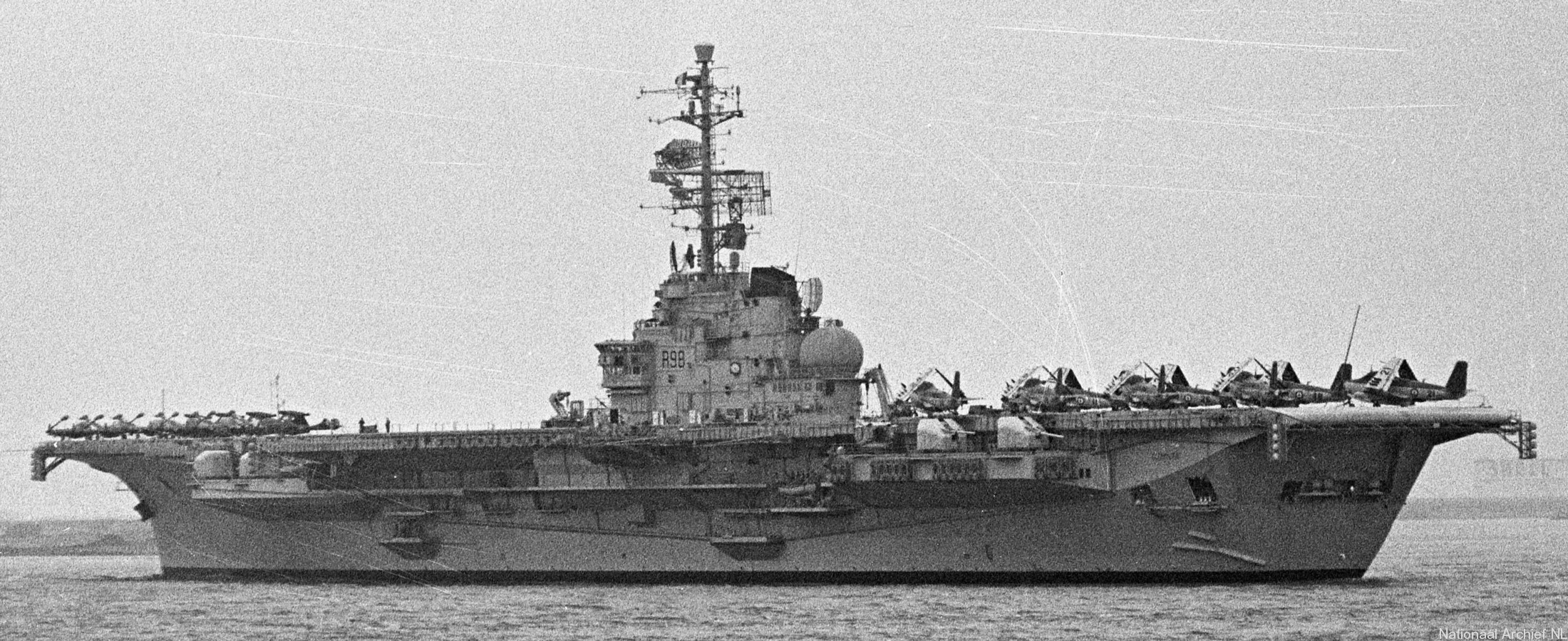 May 1962  |
||||
|
FS Clemenceau (R 98): From 12 January to 5 February 1962, the Clemenceau participated in a NATO exercise known as BigGame with the United States Sixth Fleet in the western Mediterranean as an anti-submarine aircraft carrier. This was followed from 9 March to 2 April with another NATO exercise called OTAN Dawn Breeze VII, in the Gibraltar zone. In January 1968 the Clemenceau participated in the search for the lost submarine the Minerve in the Mediterranean when contact was lost 25 nautical miles (46 km; 29 mi) from port at Toulon. To this day no trace of the Minerve has been found. During the same year, the carrier was deployed to the south Pacific for French nuclear bomb testing in Polynesia including Canopus, the first French hydrogen bomb. With the deployment of the fleet, codenamed Alfa Force (French: Force Alfa), the naval force present around two atolls represented more than 40% of the tonnage of the entire French navy. The Clemenceau was the flagship of a fleet composed of forty ships. During 1974-77 the Clemenceau was deployed off the African coast in the Indian Ocean in Operation Saphir I and Operation Saphir II in support of newly independent Djibouti. During the Lebanese Civil War the Clemenceau was deployed in the East Mediterranean in 1983-84. The carrier rotated with the Foch, providing constant on-station air support to French peacekeepers in the Multinational Force in Lebanon FSMB and the United Nations Interim Force in Lebanon UNIFIL. The carrier's main support engagement was in Operation Olifant. In 1987-1988 she participated in Operation Prométhée in the Gulf of Oman during the war between Iraq and Iran. The Promethée battle force (Task Force 623), included the Clemenceau, the mine counter-measures support ship the Loire, and Durance-class tankers the Meuse, the Var, and the Marne. In 1990, escorted by the cruiser Colbert and the tanker Var, she transported 40 helicopters, (SA-341F/ -342 Gazelles, SA-330 Pumas), three Br-1050 Alizés and trucks to Iraq during Operations Desert Shield and Desert Storm. The carrier was mainly engaged in Operation Salamandre in the Red Sea and the Arabian Sea during the conflict between Iraq and Kuwait. During 1993 to 1996 the Clemenceau completed several tours including combat operations and air patrol over the former Yugoslavia in Operation Balbuzard (French: Opération Balbuzard) in order to support the UN's troops, then Salamandre in the Adriatic Sea during the Yugoslav Wars. The Clemenceau has navigated in all the world's Oceans and Seas with a career total of more than one million nautical miles traveled, the equivalent of circumnavigating the globe 48 times. The carrier has passed 3,125 days at sea, with 80,000 hours of function, and conducted more than 70,000 catapult-launches. In 1983, the bâtiment would the be the first unit of the French Navy to embark female personnel. Three women were assigned on board : one maître principal, one secrétaire militaire and one premier maître. Loyal to the tradition of the French Navy, the Clemenceau welcomed on board numerous fine art painters, some for a week and others for up to two months. Disposal: On 31 December 2005, the Clemenceau left Toulon to be dismantled in Alang, India despite protests about improper disposal and a lack of facilities for the management of toxic waste. On 6 January 2006 the Supreme Court of India temporarily denied access to Alang. After having been boarded by activists, held by Egyptian authorities, and then transiting the Suez Canal on 15 January, a court ruling by the Conseil d'État ordered the Clemenceau to return to French waters. Able UK based at the Graythorp yard near Hartlepool received a disassembly contract to use accepted practices in scrapping the ship. The dismantling started on 18 November 2009 and the break-up was completed by the end of 2010. source: wikipedia |
||||
|
Georges Benjamin Clemenceau
(September 28, 1841 - November 24, 1929): ... was a French statesman who led the nation in the First World War. A leader of the Radical Party, he played a central role in politics during the Third Republic. Clemenceau served as the Prime Minister of France from 1906 to 1909, and again from 1917 to 1920. He was one of the principal architects of the Treaty of Versailles at the France Peace Conference of 1919. Nicknamed "Père la Victoire" (Father Victory) or "Le Tigre" (The Tiger), he took a harsh position against defeated Germany, though not quite as much as President Poincaré, and won agreement on Germany's payment of large sums for reparations.
|
||||
| patches + more | ||||
|
|
seaforces.org
|
French
Navy start page
| |
